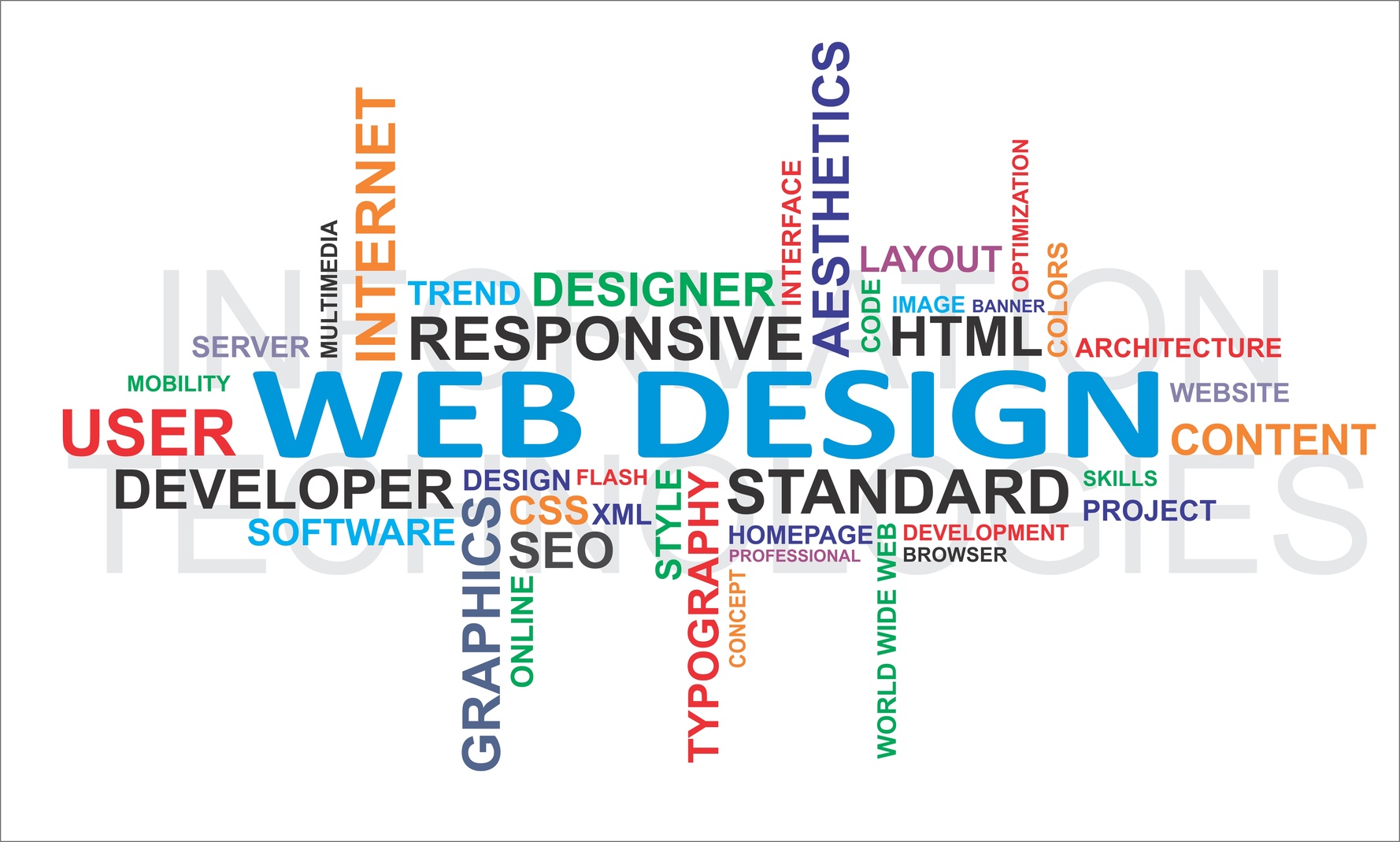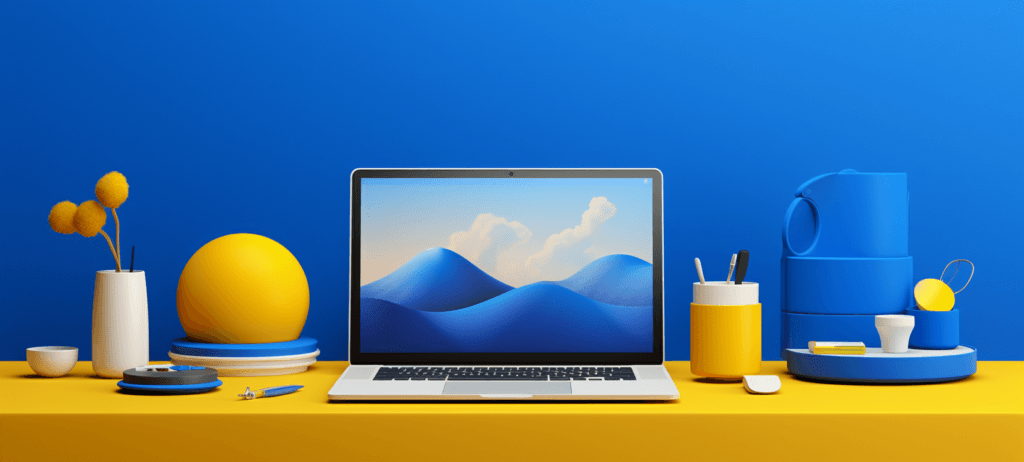Master the Art of Web Layout With These Expert Advice
In today's electronic age, having a properly designed and visually attractive web site is critical for any organization or private looking to make a mark online. However, grasping the art of website design needs even more than just an eye for aesthetic appeals. It entails a deep understanding of customer experience, functionality, and the most recent patterns and strategies. So, just how can you raise your web layout abilities to the following degree? In this discussion, we will certainly discover experienced ideas and techniques that will not just enhance the visual appeal of your site yet also enhance its use and efficiency. From choosing the best shade scheme to incorporating reliable call-to-actions, these insights will assist you develop a site that not just mesmerizes your target market but likewise drives outcomes.
Choosing the Right Shade Scheme
When picking a shade combination for internet style, it is crucial to think about aspects such as brand name identity, target audience, and overall visual objectives. The shades utilized in a web site can substantially affect exactly how users connect and view with the site. For that reason, it is essential to select shades that straighten with the brand name's identity and values. For example, a technology business may decide for a smooth and modern color scheme, while a kids's brand name may choose brilliant and playful shades.
In addition to brand identity, the target audience ought to also be taken into consideration when selecting a color palette. Understanding the choices and assumptions of the target audience can aid develop a appealing and visually appealing website.
Lastly, the overall visual objectives of the web site ought to be thought about when selecting a color palette. The color design must match the general style and format of the website, producing a cohesive and aesthetically enticing experience for customers. Whether the objective is to produce a calming and calm environment or an energised and dynamic atmosphere, the shade palette should be meticulously chosen to achieve the preferred visual.
Creating User-Friendly Navigating
To boost the individual experience, it is vital to develop easy-to-navigate and user-friendly menus for websites. Straightforward navigation is essential for guiding site visitors with the various areas and pages of a website, permitting them to rapidly locate the material they are looking for.

Along with clear tags and sensible organization, it is very important to make the navigation menu easily obtainable. Put it in a famous location, such as at the top of the web page or in a set position, to ensure that customers can conveniently locate and access it from anywhere on the website. Think about utilizing a responsive design strategy to make certain that the navigation food selection continues to be functional and accessible on various gadgets, consisting of cellphones and tablets.
Integrating Responsive Design Techniques
In order to enhance internet site capability across numerous tools, incorporating responsive style strategies is crucial. Responsive style is a web design approach that enables sites to react and adapt to various screen sizes and alignments. With the boosting use tablets and smart devices, it is essential for web designers to create websites that supply an ideal watching experience for customers on all gadgets.
One of the key strategies in receptive style is the use of fluid grids. Rather of designing fixed-width formats, internet developers create flexible grids that resize and change based upon the screen size. This ensures that the web content on the web site remains readable and obtainable, no matter of the tool being used.
An additional important method is the use of adaptable pictures and media. By establishing the maximum size of photos and videos to 100%, they will instantly reduce to fit smaller sized displays. This stops images from being removed or distorted on mobile devices.
Furthermore, receptive style entails using media questions to use various designs and designs based upon the gadget's screen dimension. This enables internet designers to develop a smooth experience by personalizing the discussion of material according to the tool being used.
Optimizing Web Site Rate and Efficiency
One crucial element of website design is maximizing website rate and efficiency. In today's fast-paced digital globe, users have little persistence for slow-loading web sites. A slow-moving website can result in a poor customer experience, high bounce rates, and reduced online search engine positions. To ensure that your internet site carries out at its finest, there are a number of methods you can execute.
Firstly, optimizing images is vital for enhancing site speed. Images should be properly pressed and resized to reduce their data size without sacrificing quality. This check can be done using image optimization tools or plugins.
Another essential aspect to think about is internet site caching. Caching entails storing static versions of web pages so that they can be promptly fetched rather of creating them from square one each time a customer sees the website (Webwize Tomball Website Design). This substantially minimizes loading times and improves total efficiency
Minifying CSS and my website JavaScript files is one more reliable method. Getting rid of unnecessary whitespace, remarks, and minimizing code intricacy can considerably improve site rate.
Applying Efficient Call-to-Actions
Creating compelling and convincing call-to-actions is an essential element of reliable web design. A call-to-action (CTA) is a punctual or instruction that encourages individuals to take a details action on a web site, such as buying, authorizing up for a newsletter, or speaking to the company. Executing efficient CTAs can significantly enhance customer involvement and conversion prices.
To produce compelling CTAs, it is essential to make use of concise and clear language that conveys the value proposition and benefits of taking the preferred activity. The CTA needs to be visually popular on the page, utilizing contrasting shades and style components that draw the customer's attention. Furthermore, using action verbs and creating a feeling of necessity can better improve the performance of the CTA.
Moreover, it is very important to place the CTA purposefully on the page. Placing it above the layer, where it is instantly visible to customers without requiring to scroll, can dramatically enhance its exposure and click-through prices. It is additionally advantageous to check interactive website design different variants of CTAs to identify which ones resonate best with users and drive the highest possible conversion prices.
Final Thought
In final thought, grasping the art of web design requires focus to different aspects such as color scheme choice, straightforward navigating, receptive design techniques, website speed optimization, and reliable call-to-actions. By applying these specialist ideas and methods, web designers can create practical and visually enticing web sites that boost user experience and drive desired activities.
The colors made use of in a site can considerably affect just how customers engage and perceive with the site.In order to enhance internet site performance throughout numerous gadgets, incorporating responsive layout techniques is essential. Receptive style is a web layout method that allows websites to adapt and react to various screen sizes and orientations. With the raising use of tablet computers and smart devices, it is essential for internet designers to create websites that supply an ideal viewing experience for individuals on all gadgets.
